#William edward parry
Text
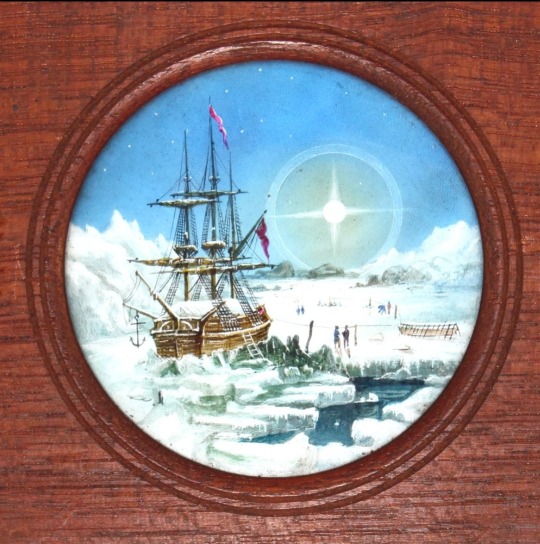

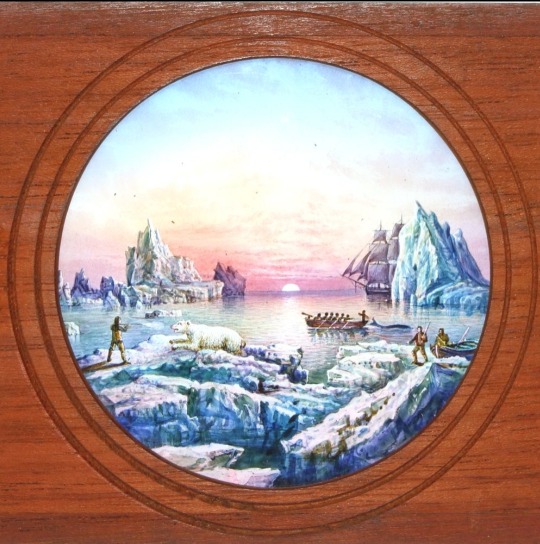
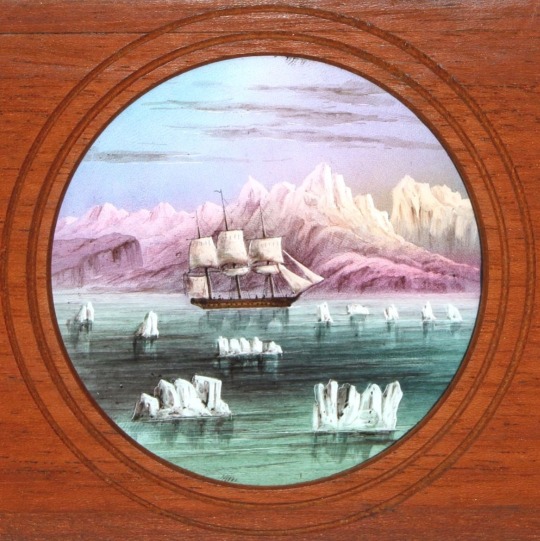
The Banham Family Magic Lantern Collection. From the auction description:
Of Franklin Expedition and Polar Interest. Thirty-two slides in original box, probably assembled from several sets on Arctic expeditions including those led by Parry and the 'Franklin search'. Single hand-painted glass slides in wooden frames 6 7/8 x 3 3/4 x 3/8 inches.
There are dozens of images, and I recognise some of them from classic polar exploration books like Voyage of the 'Fox' and Parry's narratives. Otherworldly, glowing colours bring the scenes to life.
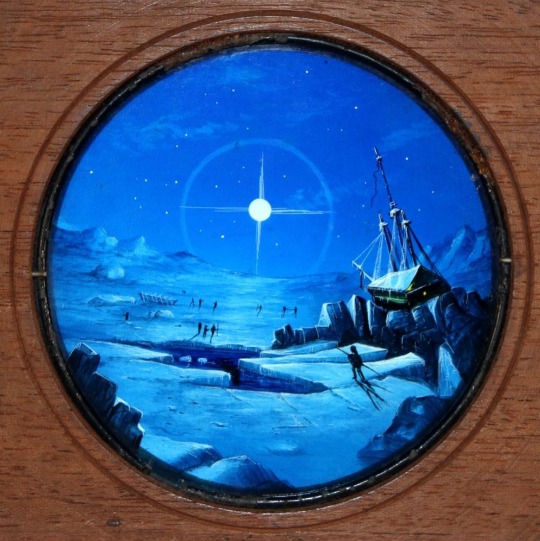
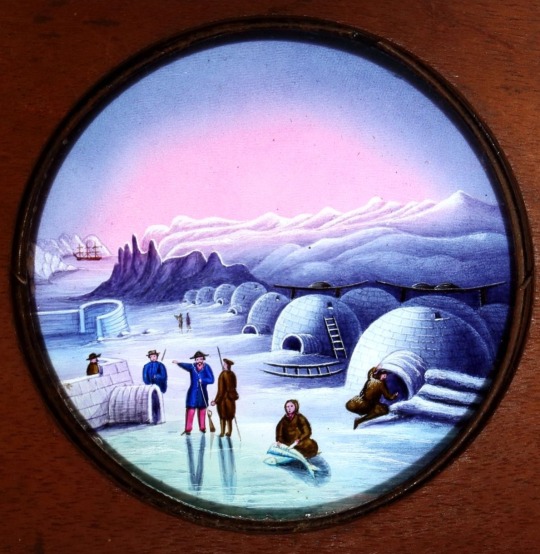
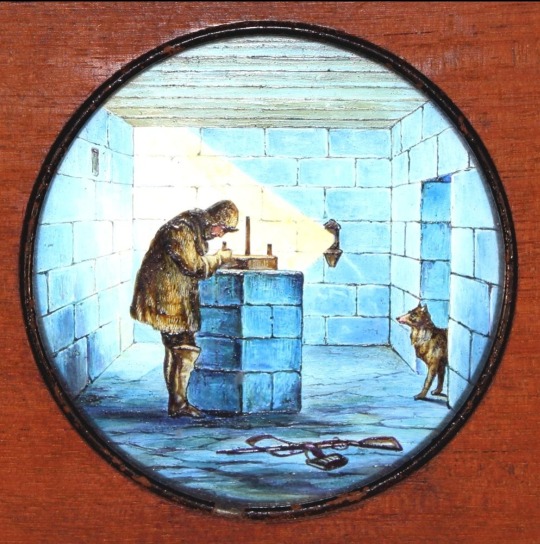
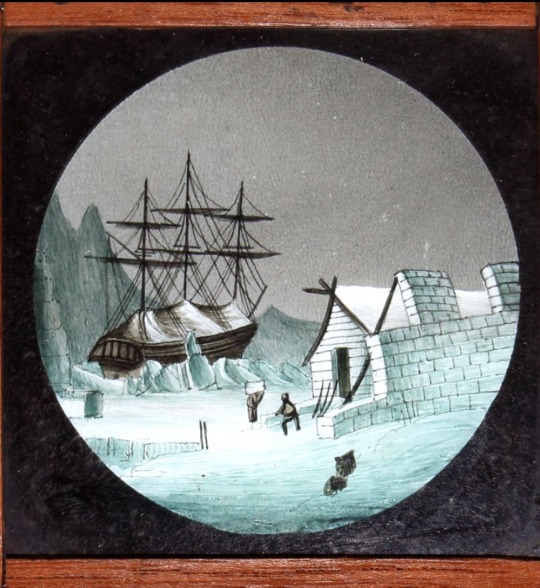
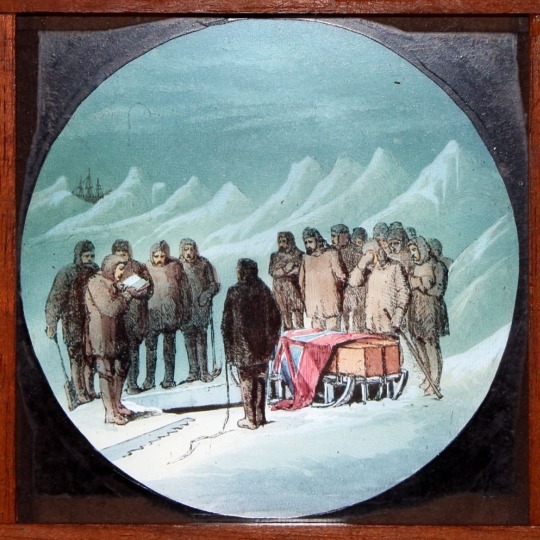
'Moonlight in the Arctic Regions', 'Parry's First Meeting with the [Inuit]', 'A Magnetic Observatory', ships overwintering, and 'Funeral On The Ice' for an unnamed British subject.
#polar#franklin expedition#polar exploration#age of sail#age of steam#william edward parry#arctic exploration#magic lantern#victorian#the sea#arctic
278 notes
·
View notes
Photo







William Edward Parry – Scientist of the Day
William Edward Parry, an officer in the British Royal Navy, was born Dec. 19, 1790.
read more...
#William Edward Parry#voyages#arctic exploration#histsci#histSTM#19th century#history of science#Ashworth#Scientist of the Day
52 notes
·
View notes
Text
POLAR EXPLORERS SHOWDOWN: ROUND TWO
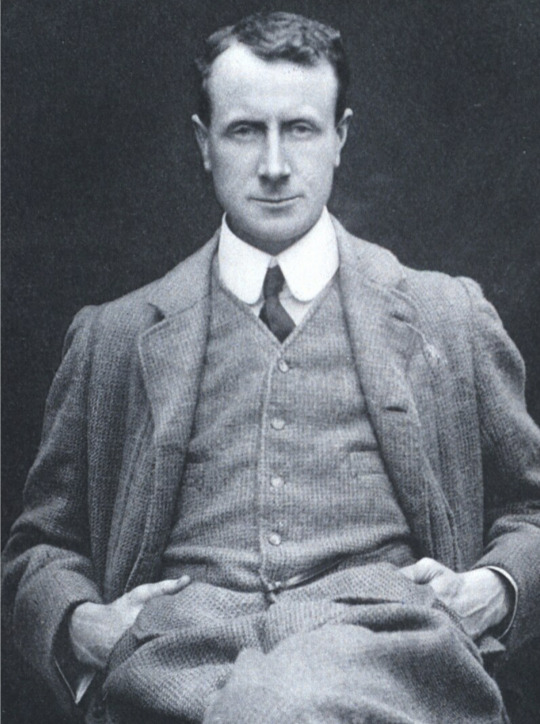

4 notes
·
View notes
Text
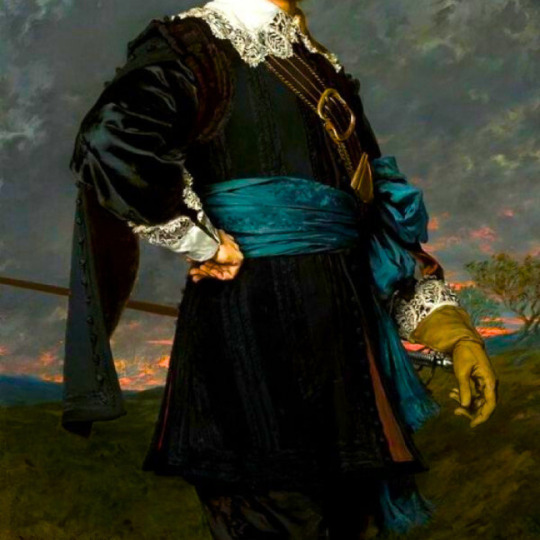
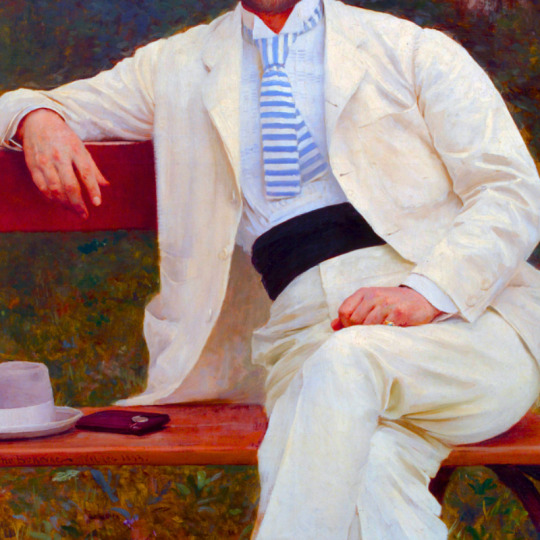
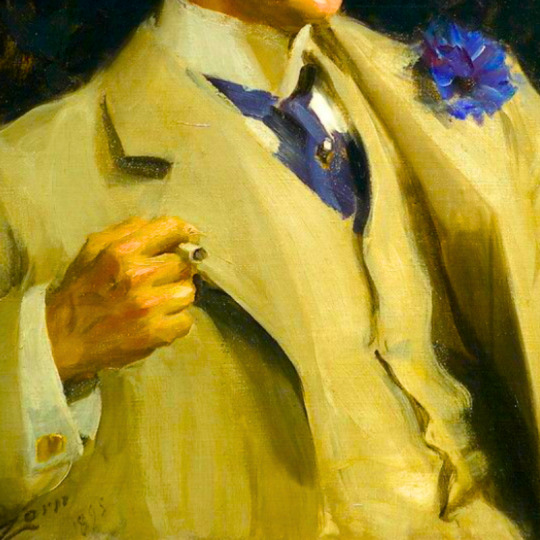
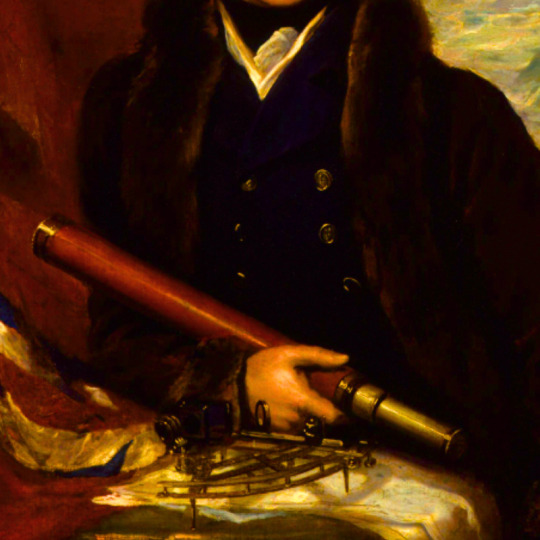

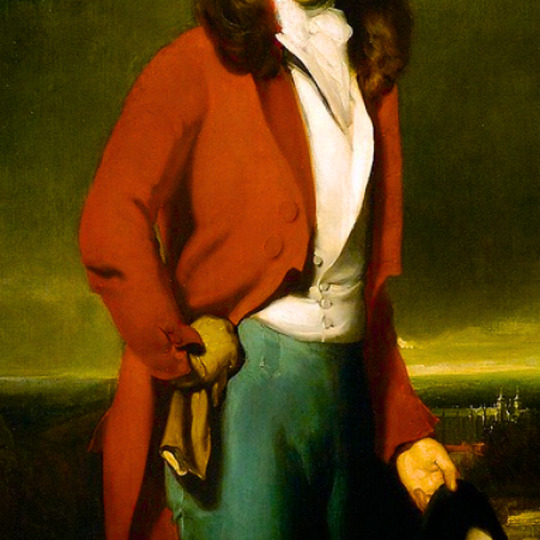
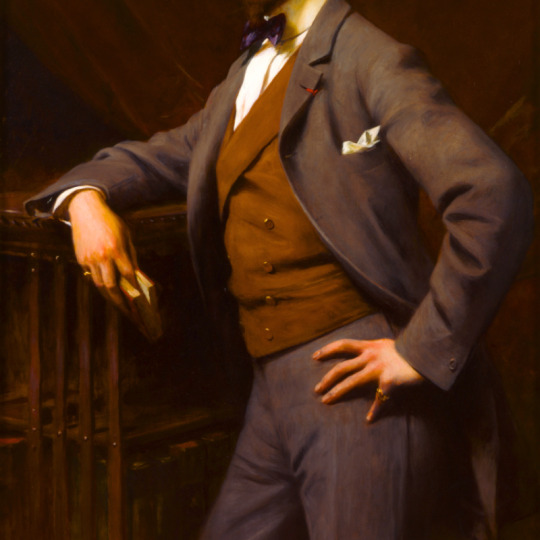
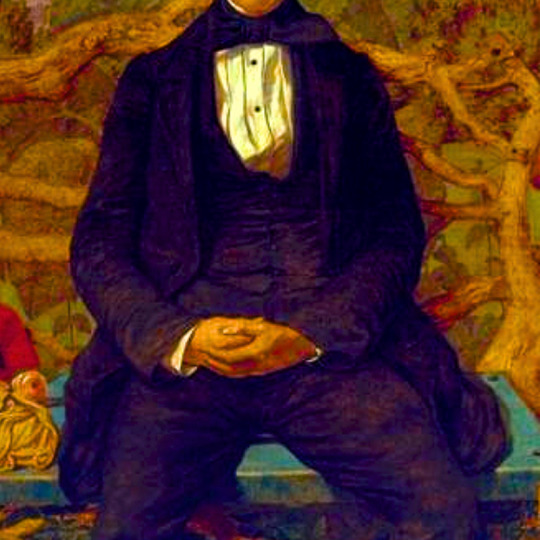
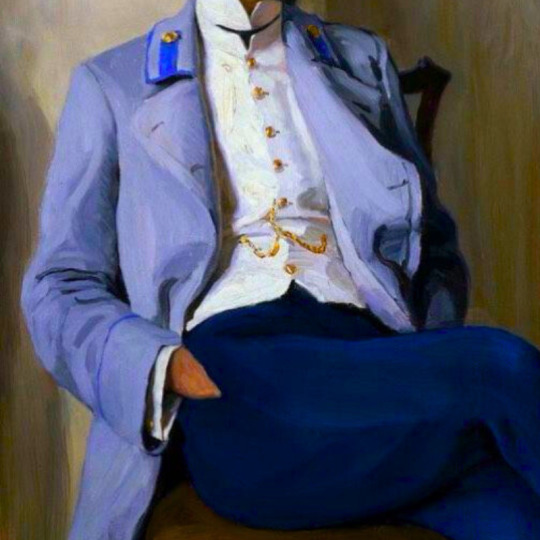
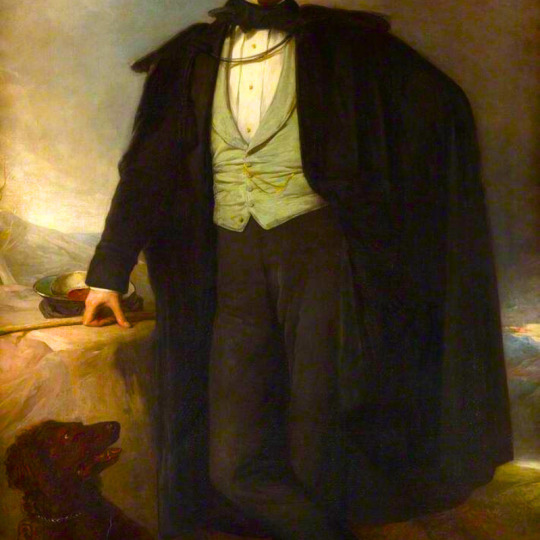
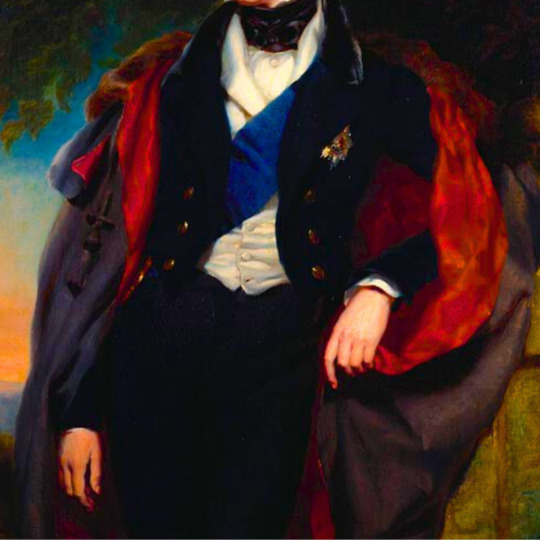

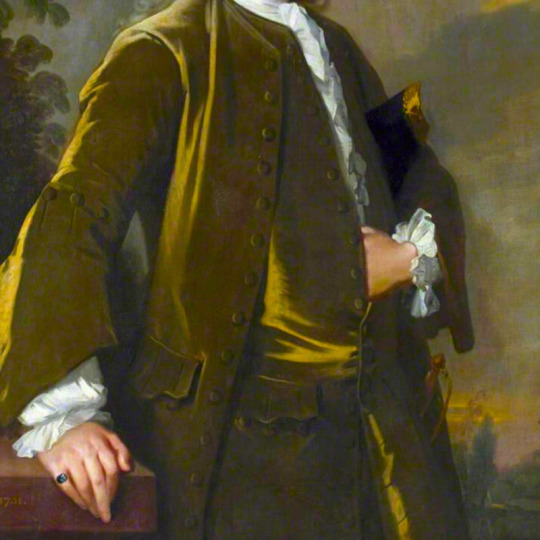
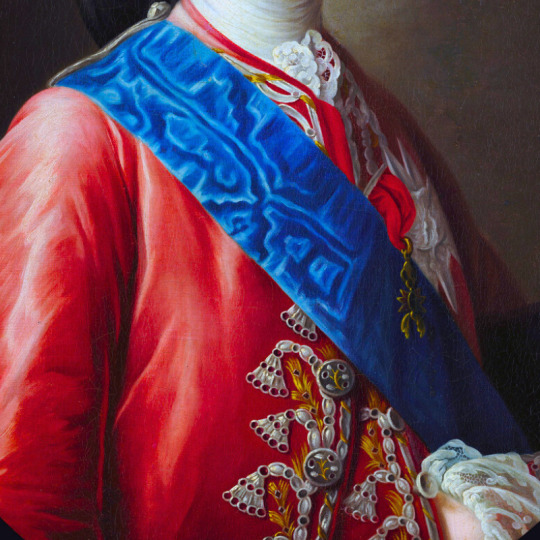


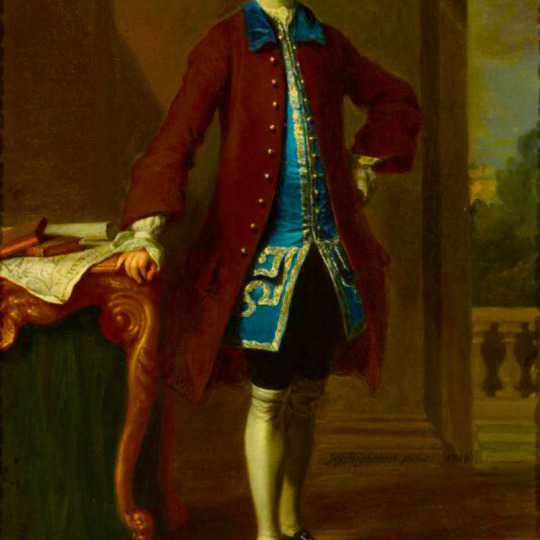
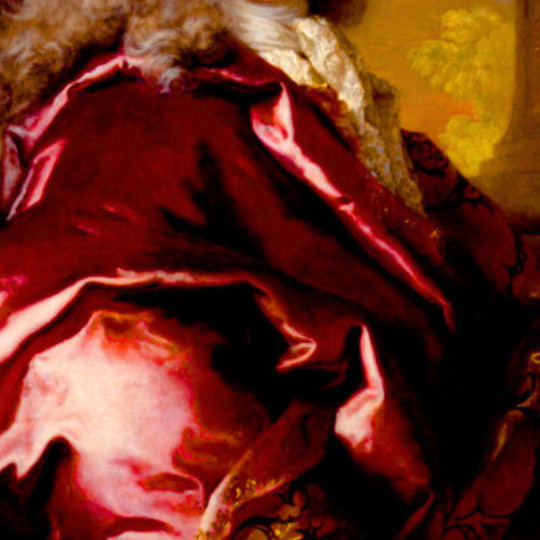

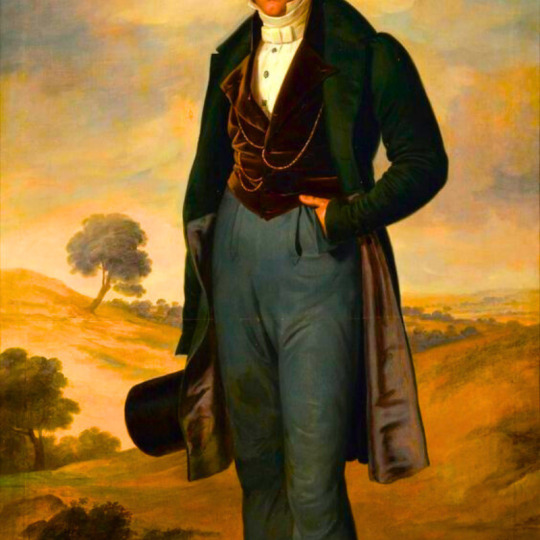
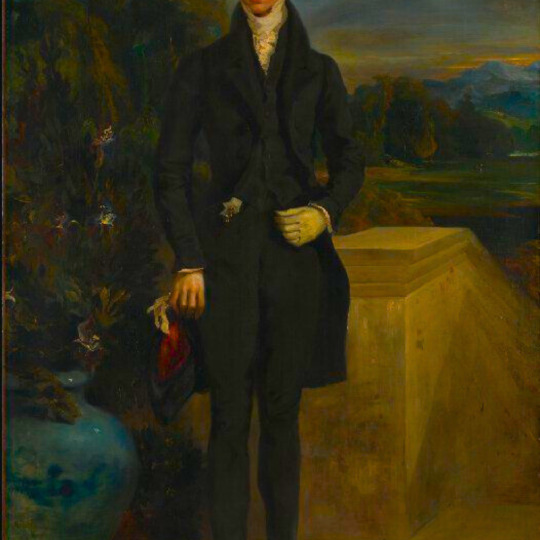

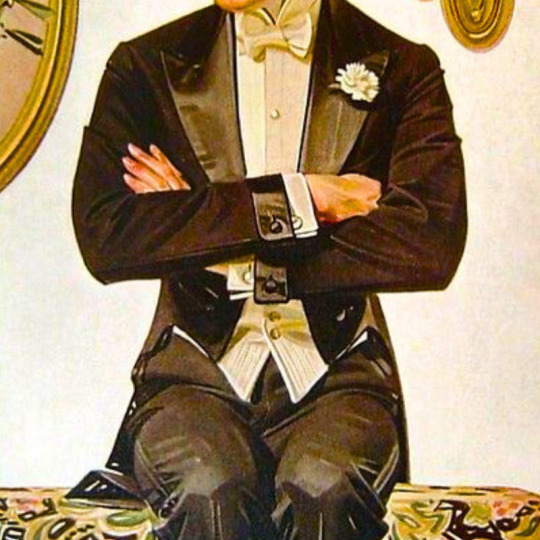



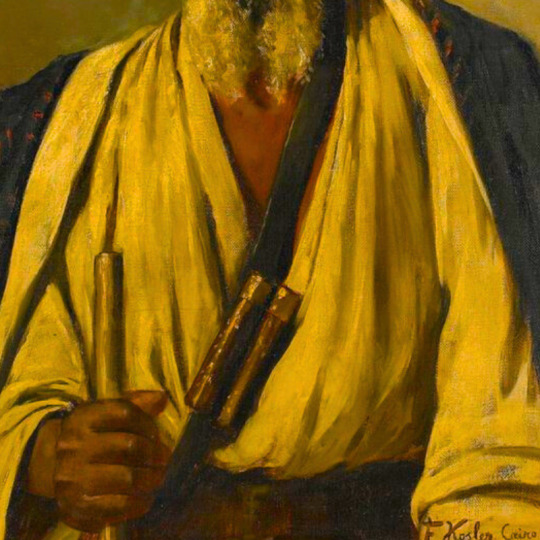

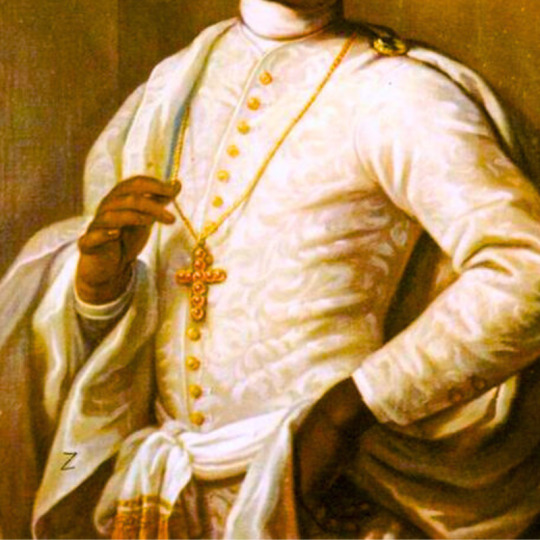
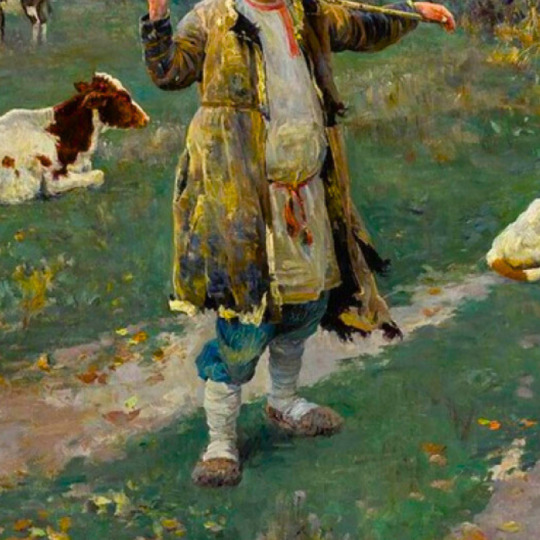
men's fashion + art
#stanislaw czachorski by wladyslaw czachorski#gustav pongratz by vlaho bukovac#william b ogden by anders zorn#sir william edward parry by sammuel drummond#harry melvill by jacques-emile blanche#arthur atherley as an etonian by thomas lawrence#james hazen hyde by theobald chartran#portrait of a young man by richard dadd#gorchakov by bogdanov-belsky#anthony ashley-cooper by francis grant#prince george by john lucas#unknown english nobleman by unknown artist#edward phelips iv by bartholomew dandridge#portrait of count of provence by francois-hubert drouais#portrait of gerolamo giustiniani by unknown#portrait of a man with florence in the background by louis gauffier#portrait of daniel sanxay by joseph highmore#portrait of marc-conrad buisson#portrait of amaro guedes pinto by antonio manuel da fronseca#retrato de jose maria benitez bragana by rafael tegeo#louis-auguste schwiter by eugene delacroix#infante charles of spain by juan pantoja de la cruz#white tie by j.c. leyendecker#portrait of ludwik wodzicki by henryk siemiradzki#portrait of jan dzierzyslaw tarnowski by kazimierz pochwalski#scroll of yinti prince xun and his wife#portrait of the hong merchant mowqua by unknown#portrait of an egyptian by franz xaver kosler#moroccan portraits by josep tapiro i baro#portrait of a young black man italy by alessandro longhi
374 notes
·
View notes
Text
Saying hi to all my boys at the Polar Worlds gallery in the National Maritime Museum Greenwich, after doing some research in the archive.

James Clark Ross

Alexander McDonald

William Edward Parry🥰 and John Ross❤️
91 notes
·
View notes
Text

E. Prosser Rhys won the Crown in Pontypool National Eisteddfod with 'Atgof' in 1924.
Influential in his life as a poet, editor, journalist and publisher, Prosser Rhys is remembered today for winning the Crown in the National Eisteddfod of Wales in 1924. As influential as his winning poem, ‘Atgof’ was, and continues to be, Prosser even more profoundly affected Welsh-language writing in his life than is remembered today.
Edward Prosser Rees was born on the 4th of March 1901 in Trefenter, Mynydd Bach in Ceredigion, and christened on the 9th of March at Capel Bethel. His father was a blacksmith, David Rees, and his mother was Elizabeth Rees. Prosser came from a family of blacksmiths, and they later moved to Morfa Du in Trefenter (after Prosser had moved away, in March 1918). Previously, they had lived in Llainffwlbert until 1900, where they had their previous six children.
Prosser Rhys attended Cofadail Primary School in Trefenter then Ardwyn Grammar School in Aberystwyth in 1914. Other writers, academics and politicians were educated here, who were known as 'Old Ardwynians'. His early academic success was then marred by ill health - he was diagnosed with Tuberculosis at a young age, in 1915, which affected him for the rest of his life, but immediately kept him home for the next 3 years of his life.
Still, his name started appearing in Welsh writing as early as 1916, with the poem ‘Y Fam a’i Baban’ (The Mam and her Baby) in Baner ac Amserau Cymru, where he was published as E. Prosser Rees (under the pseudonym/ffugenw Eiddwenfab) from Trefenter, Llangwyryfon, Ceredigion. In 1917, he wrote eloquent letters to ‘Y Darian,’ a radical Welsh-language paper, where he first wrote briefly about joining a patriotic union, and the Eisteddfod. The latter was fitting as he next appeared in Y Darian in 1918 for his early Eisteddfod wins, then in local Eisteddfodau, listed within the winners from Ceredigion. He then appeared several times in Y Darian as a part of ‘Aelwyd y Beirdd,’ where he’s described as a young poet with great potential, at only 17, the brother of Reverend Wyre Rees.
Clearly, Prosser wrote, competed and performed his poetry quite a lot as a teenager. One of his early poems appears in ‘Cymru,’ a monthly Welsh-language journal founded by O.M. Edwards in 1891. It was in 1919 that ‘Canu’r Merched’ by E. Prosser Rhys appeared in the journal ‘Cymru’. This is the earliest (that I found) of his poetry appearing published under this name. Note that there are occasionally mentions of ‘Prosser Rees,’ his birth name, as well. As Prosser Rees, he also published a poem in 1917 in The Cambrian News and Merionethshire Standard in sympathy to Mr and Mrs Thomas Evans of Penbont, who lost their son, David Morgan, in France during the First World War.
Prosser worked as a clerk at Western Ocean Colliery in Nant-y-Moel, Ogmore Valley, before his community saw him coming back from the ‘sowth’ (south) as a journalist. He was at Nantymoel, apparently living with one of his brothers, John, who was a coal miner. He was still receiving treatment for tuberculosis and apparently then returned to this family in their new home in Morfa-Du. He then worked at the Liberal newspapers of the Welsh Gazette in Aberystwyth and Herald Cymraeg in Caernarfon in 1919 (where he worked with Morris T. Williams). He moved back to Aberystwyth in 1921 and became the editor of Baner ac Amserau Cymru in 1923, when they moved their offices from Denbigh to Aberystwyth.
In 1923, Prosser's poetry was first published in a book - Gwaed Ifanc with another poet J.T. Jones (John Tudor Jones). As the title suggests, they were proud of being the ‘new blood’ of Welsh poetry and writing, with Prosser then being 22 and J.T. Jones being 19 years old. There was certainly some backlash to that and the book was met with some controversy, also for their poetry being more sexual than older poets of the time. There was already a tradition of the new kind of Welsh writing, started by T H Parry-Williams’ win in the Eisteddfod in 1915 with ‘Y Ddinas,’ and Rhys was aware of these new ideas of challenging Welsh writing, the Eisteddfod and therefore Welsh-language society, which he was inspired by and sought to be a part of - and succeeded. This was an attempt to challenge the writing of older poets, as well as bring attention to the newer crop of younger writers, the men who’d survived the First World War and demanded attention.
He of course especially challenged the status quo of the Eisteddfod when he won the Crown in 1924 in the Pontypool National Eisteddfod with his poem ‘Atgof’ (Memory - or also sometimes translated as Reminiscence). This long ‘pryddest’ poem, follows a ‘llanc synhwyrus’/‘sensible lad’s journey into exploring his sexuality, from seeing ‘Sex’ ruin his parents’ relationship, to exploring his sexuality with women, and then with a man as well (who was likely Morris T. Williams), while struggling against the morals and virtues of Welsh society and religion. The judges of the Eisteddfod were at odds, one finding it to be immoral and the others praising it.
Of course, when Prosser won, the reactions were scandalized and ‘Atgof’ became quite controversial, for its explicit discussions of sex and of course the same-sex part of the poem. It has since been called ‘homoerotic’ by many writers, while today may be seen more as a bisexual poem, or queer one. Mihangel Morgan, writing in Queer Wales, finds this to be a negative depiction of homosexuality and downplays the significance of ‘Atgof’ as a gay poem.
A’n cael ein hunain yn cofleidio ‘dynn;
A Rhyw yn ein gorthrymu; a’i fwynhau;
A phallu’n sydyn fel ar lan y llyn…
And finding ourselves in a tight embrace
With Sex overwhelming us; and enjoying it;
And suddenly stopping as above the lake…
These lines describe the same-sex interaction and indeed it doesn’t take up a large amount of the poem, but Mihangel Morgan’s disappointment seems to come from the poem not being homosexual enough. And indeed it isn’t, but reads as a bisexual poem that takes us through Rhys’s whole journey of realising and battling with his sexuality at this age. It still resonates with much of the LGBTQ+ community, especially when realising how explicit it was for 1924 (or it wouldn't have been so controversial), 40 years before the decriminalization of homosexuality, and its win in the Eisteddfod was well, well ahead of its time.
On the other hand, later on in Prosser’s life, it was suggested that he was so shocked by sodomy in the writing of someone else to not publish them. There is the possibility of Prosser’s viewpoints and own sexuality changing in his life, though this is merely speculation that Prosser was ‘shocked’ by writing of homosexuality. There are many possibilities here when it comes to Prosser’s own feelings and sexuality, but it is certain that they have had a great influence on LGBTQ+ writing and the community in Wales and particularly in Welsh.
‘Atgof’ and Prosser were also mentioned in US Time Magazine in 1924, adding to evidence of the influence and legacy of this poem. Internationally, we see links in the poems to the sexology and psychiatry of the time - the psychoanalyst Ernest Jones (and possibly abusive husband of the composer Morfydd Llwyn Owen) mentioned the poem in a letter to Sigmund Freud, though it’s unclear that either actually read the poem.
Caradog Pritchard wrote in his autobiography that as a friend of Prosser’s and Morris T. Williams’ that he believed the man Prosser wrote about was Morris Williams, and this has been accepted as likely the truth since then (though there were always rumours about this). Morris T. Williams was close to Prosser, when they were roommates in Twthil near Caernarfon, while working at 'Herald Cymraeg,' and they exchanged letters after which show their close relationship - this was before Morris married Kate Roberts and they together bought Gwasg Gee. All three remained close, being friends and remaining in the same social circles as poets, as well as in Welsh publishing. More recently, it has been theorized that Kate Roberts also was queer, based on her own personal writing, as well as her short stories which are about romantic relationships between women (such as 'Christmas' and 'The Treasure'). Morris T. Williams died in 1946, a year after Prosser Rhys, after a long struggle with alcoholism.
‘Atgof’ was published as a booklet, with a translation ‘Memory’ by Hywel Davies also published as a booklet. The poem reads less explicitly than the Welsh version, though it was praised at the time. It can be read here - though a modern English translation is definitely needed. 'Atgof' can also be read here.
In 1928, Prosser married Mary Prudence Hughes in Aberystwyth, which was when both he and she took the surname ‘Rhys’. They had one daughter, Eiddwen Rhys. He founded Gwasg Aberystwyth also in 1928 and began publishing books, with Gwasg Aberystwyth growing significantly in years to come.
As editor of Baner ac Amserau Cymru, Prosser encouraged more poets to write and publish their work. Rhys founded Y Clwb Llyfrau Cymraeg/The Welsh Books Club in 1937. This was a subscription of Welsh books, where readers would receive 4 books a year for half a crown, and which published 45 volumes up until 1945. As successful as it was under Prosser, after his death, it was decided that there were not enough Welsh-language writers to continue it.

(Executive committee of 'Plaid Genedlaethol Cymru,' 1927- Lewis Valentine, Ambrose Bebb, D. J. Williams, Mai Roberts, Saunders Lewis, Kate Roberts, H. R. Jones, Prosser Rhys.)
Prosser Rhys was a founding member of Plaid Cymru, founded in 1925. He was also the editor of ‘Y Ddraig Goch’ with Saunders Lewis and Iorwerth C. Peate, which Prosser also helped to form with H. R. Jones, though he was initially opposed to the idea due to lack of funds. However, Prosser became vocally opposed to Saunders Lewis’ right wing views. He wrote in Y Faner that many of Plaid Cymru’s members had come from the Labour party or Liberal party, or were radicals who came from no political party, where none were supportive of the views appearing in the Daily Mail, implying that Saunders Lewis’ views were too close to the matter, but that most Plaid Cymru supporters were personally too loyal to voice their concerns over this. The expulsion of Prosser from the party was discussed and suggested but Saunders Lewis opposed this.
Following his many successes, Prosser and his family moved to 33 North Parade, Aberystwyth, where he lived until his death.

After his health had deteriorated again from 1942, Prosser died in 1945 - at the age of 43, and less than a month before his 44th birthday. He is buried at Llanbadarn Fawr Cemetery, with his grave quoting T. Gwynn Jones: “Gwyrodd êfo î’r drugaredd fawr, Ni wyr namyn Duw ddirgelwch ei wên.” Here Mary Prudence Rhys, his wife, is also buried, who died in 1991, at the age of 87. They are also buried with William Dewi Morris Jones, who died in 1983, aged 56. Rhys’s death was certainly a loss to Welsh publishing and writing.
Gwasg Aberystwyth was bought by J. D. Lewis & Sons from Llandysul after Prosser’s death, the founder of Gwasg Gomer, who continued the Welsh Books Club and took over publishing of the club’s books until 1952. This, however, did follow a legal disagreement between Mary Prudence Rhys and Morris T. Williams, who was supposed to get the first offer and chance at refusal for Gwasg Aberystwyth, according to legal documents that Prosser and Morrisagreed upon, which Morris Williams did not feel like he had gotten.
Cerddi Prosser Rhys was published in 1950 by Gwasg Gee, Morris’s first collection entirely of his own poems - published 5 years after his death. Edited by J.M. Edwards, a fellow poet who competed in Eisteddfodau and was from a similar area to Rhys, Edwards also writes the introduction of the poetry collection. He notes that he decided that 4 years after Prosser’s death was enough time to finally publish a whole collection of Prosser’s best poems (the introduction was written in July, 1949, with the book published in February, 1950.) He writes that his previous poetry collection, in ‘Gwaed Ifanc’, was ‘a volume that attracted a lot of attention and also brought a new, daring note to the world of Welsh poetry of the period, something that was urgently needed.’ His memories of Prosser while growing up show he was a well-known poet even in his youth, who Edwards and others in his own school had heard of before meeting, who was known for competing and finding success in many local Eisteddfodau around Wales.
Of his poetry found in Cerddi Prosser Rhys, Edwards notes that ‘Y Gof’ (The Memory) is a tribute to his parents and his early life in rural Wales. His two sonnets he most praises are ‘Y Pechadur’ (The Sinner) and ‘Duw Mudan’ (Mute God). Of ‘Atgof,’ Edwards significantly notes that it was "a bold poem that created a lot of excitement and was praised by some but damned by others. The saddest feature of the whole event was that it reflects an attitude of thought in Wales which is too ready to judge the values of the world of the arts by the wrong standards." The introduction finishes by repeating what many others have said about the premature loss of Prosser to the world of Welsh writing and publishing. Edwards also hoped that there would also be a collection of Prosser’s prose, which unfortunately has not yet come to be.
‘Mab ei Fam’ (His Mother's Son) is to "M.T.W," likely Morris T. Williams - similarly to Strancio, which was translated by Mihangel Morgan as ‘Fooling About,’ which is to: ‘I gyfaill annwyl a fu’n cyd-letya â mi’ (To a dear friend who lodged with me)
Do, bûm yn flin. Ond weithian gwybydd di
Fod Fflam yn llosgi ynof, ac aml dro
Yn llamu ar draws fy nghorff materol i,
A’m hysu hyd fy nghyrru i maes o’m co’,
A strancio a wnaf eto rhag fy ffawd
Nes torro’r Fflam ei ffordd o’i charchar cnawd.
Yes, I was angry. But sometimes you must know
That a Flame burned within me, and often
Sprang from my material body
Plaguing me until it drove me mad
And I would taunt my fate
Until the Flame broke free of its prison of flesh.
-Mostly translated by Mihangel Morgan.
As with ‘Atgof,’ Mihanel Morgan downplays Strancio by stating it to be cryptic and guarded - while I'd argue that the confession of his feelings towards a man in the 1920s is explicit for its time, especially following on from the Victorian poetry that was popular before the ‘New blood’. While Mihangel Morgan says it is ‘assumed’ to be about Morris T. Williams, the dedication at the start of the poem is clear enough, at least historically, to Morris T. Williams, especially when a previous poem also is dedicated to him.
It wasn’t until 1980 that Prosser Rhys was celebrated with a book about his life, by Rhisiart Hincks. T. Robin Chapman wrote in Y Traethodydd in 2006 that Hincks probably knew of the nature of Rhys’s relationship with Morris T. Williams yet it was omitted, from the only whole biography of Prosser Rhys. This is a sign of the times in which it was written and published but shows the need now to write biographies of Rhys that include what was previously excluded, his queer identity. Hincks mentions how Williams quickly became Prosser's best friend ('ei gyfaill pennaf') when they met in Caernarfon, that they moved together to 15 Eleanor Street and that it was Prosser who introduced Williams to literature. ‘Cyfeillgarwch clos’. He also mentions that such closeness led to spats, once when they fought all night, which does show the intensity of their relationship. Perhaps, this subtext Hincks hoped to be understood by the audience of the time. Of ‘Atgof,’ Hincks notes that Prosser had previously expressed that there was a lack of sex in Welsh in recent poetry, which he blamed on the chapel. This biography remains the most detailed on Prosser’s life.
A monument on Mynydd Bach, overlooking Llyn Eiddwen near to Trefenter, where Prosser was born and lived in his childhood, was unveiled in 1992, during the National Eisteddfod in Aberystwyth. Including Rhys, the monument, ‘Cofeb i Feirdd y Mynydd Bach’ celebrates 4 poets from the local area. J.M. Edwards from Llanrhystud also won the Crown in the National Eisteddfod, in 1937, 1941 and in 1944, and wrote the introduction to Cerddi Prosser Rhys. All 4 of the poets named on the plaque of the monument were successful in the Eisteddfod. B. T. Hopkins (Benjamin Thomas Hopkins) was a successful poet from Ceredigion, who lived and farmed on Mynydd Bach. T Hughes Jones (Thomas Hughes Jones) was a Welsh poet and writer from Ceredigion who won a medal in the National Eisteddfod of 1940 for a short story, ‘Sgweier Hafila,’ which was partly judged by Kate Roberts.
Interest in Prosser, his life and career, has been renewed by research into Welsh LGBTQ+ history and writing. Notably, in 1998, a historical docudrama called ‘Atgof’ aired on S4C, directed by Ceri Sherlock, which depicted Prosser writing the poem and his relationship with Morris T. Williams, which was represented as a sexual and romantic one. There was controversy around the film, similarly to 'Atgof' the poem, with some questioning how they depicted the relationship (with some speculated, fictional details) and some also questioning whether it should be depicted or speculated about at all. Despite the discourse, Prosser Rhys had already become an inspiration to the Welsh LGBTQ+ community.
In 2019, the show ‘Corn Gwlad’ was performed at the National Eisteddfod in Llanrwst, created by Seiriol Davies, which celebrated Prosser’s win at the Eisteddfod and depicted his feelings towards Morris T. Williams. It was then a work-in-progress show, with comedy and music, and part of the ‘Mas ar y Maes’ programme of events at the National Eisteddfod, which are especially for the LGBTQ+ community, or which may be relevant to the LGBTQ+ community. Prosser was also featured in ‘Mas ar y Maes’ events with ‘Cariad yw Cariad,’ and is of course heavily featured in the 2024 National Eisteddfod in Pontypridd, on the centenary of Prosser Rhys winning the Crown with 'Atgof.' 'Atgof' was also the theme of the poems submitted to the 'Coron' - which was won by Gwynfor Dafydd.
The lasting legacy of Prosser Rhys is to be a significant voice of this community from 20th century Wales, and an icon especially for Welsh language LGBTQ+ people, queer men and bisexual people. This is what has significantly brought Prosser Rhys back into the public eye in the 1990s, with the film Atgof, and in the 2010s with LGBTQ+ History Month, and in the 2020s around the 100th anniversary of his Eisteddfod Crown winning with ‘Atgof’. Prosser also had a significant impact in Welsh publishing, Welsh society, in his article writings, in politics. Prosser Rhys was a fascinating, complicated person, a passionate advocate for Welsh poetry, writing and publishing and is a hero of the communities to which he belonged, including the local community in Ceredigion and West Wales.
#edward prosser rhys#prosser rhys#e. prosser rhys#eisteddfod#national eisteddfod#lgbtqia#queer history#welsh history#history#wales#bisexual history#gay history#queer welsh history#this is a very long blog - this can't really be called a blog#Welsh version incoming soonish#posting this in the middle of the night bc I go to the Eisteddfod tomorrow
30 notes
·
View notes
Text
Society could be equally perilous for explorers, who were expected to seek patronage, curry favor, and put up with being put on display like other tastes, crazes, and fads. William Edward Parry became a nineteenth-century pinup, as engravings of his portrait were collected by young women like Franklin’s niece Mary Anne Kay and pasted into scrapbooks.
one of us. one of us.
10 notes
·
View notes
Text

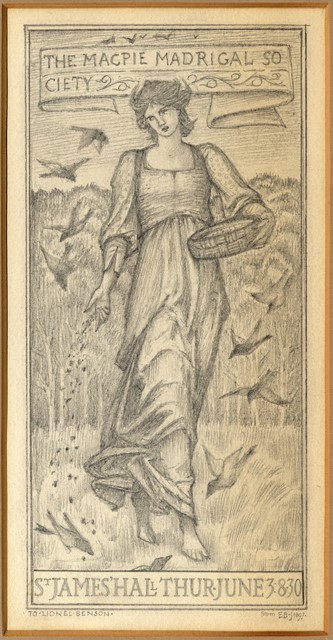

Two sketches and the final invitation to a concert of the Magpie Madrigal Society at St James' Hall, Piccadilly, with a woman scattering seeds for the birds flying around her in a field by Edward Burne-Jones, 1897
The Magpie Madrigal Society, active from 1885 to 1911, was a group of affluent and well-connected amateur musicians who gave one Charity Concert and one Invitation Concert every year. Conducted by Lionel Benson, the Society dedicateditself chiefly to English madrigals of the 16th- and 17th-centuries. However, it also performed music written for its members by RCM professors and students, including Hubert Parry, Charles Villiers Stanford, Ralph Vaughan-Williams and Gustav Holst. Many of their concerts took place at the College, too. [...] Each year the Society’s concert invitations were designed by a different artist. Prominent 19th-century figures obliged, including George du Maurier, Herbert Menzies Marshall and Hubert von Herkomer. In 1897, it was the turn of Edward Burne-Jones.
#source for more info#1897#19th century#edward burne jones#magpie madrigal society#pre raphaelites#pre raphaelite brotherhood#art#drawing#sketches
48 notes
·
View notes
Text
Arctic exploration

Arctic toy theater set, between 1881 and 1889
This time of year, my mind turns to the holidays the 1800s European and American expeditions to the Arctic. The icy landscape captivated the imagination of many artists and explorers, including the creator of this Arctic toy set. It possibly depicts the Lady Franklin Bay Expedition (1881-1884) into the Canadian Arctic led by Adolphus Greely, and features icebergs, ships, animals, and people, some of whom are in native Inuit dress.

Penguins, Arctic toy theater set
For a more grounded artistic rendition of the area and its people, you can peruse the 1820s drawings made by members of expeditions led by Sir William Edward Parry and Sir John Ross.

Arctic Life Portfolio, 1821-1828
And of course, there are the numerous letters and journals written by the people on these journeys. This 1876 diary from Lieutenant Rawson includes the memorable line "If any one had told me during the cold weather that I should be kept awake, out sledging, from being too warm, I should have told him he did strictly adhere to that sacred article called truth."
–Quinn Sluzenski, Digital Initiatives Assistant

See all of these and more at Newberry Digital Collections
#arctic#arctic exploration#newberry library#libraries#special collections#newberryq#collection stories#inuit
24 notes
·
View notes
Text
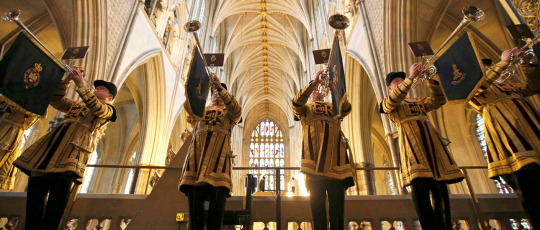
Coronation Music at Westminster Abbey
The Royal Family | Published 18 February 2023
Twelve newly commissioned pieces of music will be performed at The Coronation of Their Majesties The King and The Queen Consort at Westminster Abbey on Saturday 6 May 2023, showcasing musical talent from across the United Kingdom and the Commonwealth.
A range of musical styles and performers blend tradition, heritage and ceremony with new musical voices of today, reflecting The King’s life-long love and support of music and the arts.
His Majesty The King has personally commissioned the new music and shaped and selected the musical programme for the Service.
Andrew Nethsingha, Organist and Master of the Choristers, Westminster Abbey, will be overseeing all musical arrangements and directing the music during the Service.
Sir Antonio Pappano, Music Director for the Royal Opera House, will be conducting the Coronation Orchestra which comprises a bespoke collection of musicians drawn from orchestras of The former Prince of Wales’ Patronages including the Royal Philharmonic Orchestra.
Six orchestral commissions, five choral commissions and one organ commission, have been specially composed for the occasion by world-renowned British composers whose work includes Classical, Sacred, Film, Television and Musical Theatre. Commissioned works include a new Coronation Anthem by Andrew Lloyd Webber, a Coronation March by Patrick Doyle, a new commission for solo organ embracing musical themes from countries across the Commonwealth by Iain Farrington plus new works by Sarah Class, Nigel Hess, Paul Mealor, Tarik O'Regan, Roxanna Panufnik, Shirley J. Thompson, Judith Weir, Roderick Williams, and Debbie Wiseman.
Soloists will include bass-baritone, Sir Bryn Terfel; soprano, Pretty Yende and baritone, Roderick Williams. The organ will be played by Sub-Organist, Westminster Abbey, Peter Holder, and Assistant Organist, Westminster Abbey, Matthew Jorysz.
The official Royal Harpist Alis Huws will perform as part of the Coronation Orchestra in recognition of The King’s long-standing and deeply held relationship and affiliation with Wales. One of the liturgical sections of the ceremony will also be performed in Welsh.
At the request of His Majesty, in tribute to his late father His Royal Highness The Prince Philip, Duke of Edinburgh, Greek Orthodox music will also feature in the Service performed by the Byzantine Chant Ensemble.
The Service will be sung by The Choir of Westminster Abbey and The Choir of His Majesty’s Chapel Royal, St James’s Palace, together with girl choristers from the Chapel Choir of Methodist College, Belfast and from Truro Cathedral Choir. The Ascension Choir, a handpicked gospel choir will also perform as part of the Service and The King’s Scholars of Westminster School will proclaim the traditional ‘Vivat’ acclamations.
Fanfares will be played by The State Trumpeters of the Household Cavalry and The Fanfare Trumpeters of the Royal Air Force.
Sir John Eliot Gardiner will conduct The Monteverdi Choir and English Baroque soloists in a pre-Service programme of choral music. A small group of singers from The Monteverdi Choir will also join the main choral forces for the Service.
Music by the likes of William Byrd (1543–1623), George Frideric Handel (1685–1759), Sir Edward Elgar (1857–1934), Sir Henry Walford Davies (1869–1941), Sir William Walton (1902–1983), Sir Hubert Parry (1848–1918) and Ralph Vaughan Williams (1872–1958) has historically featured in the Service over the past four centuries and will be included in the programme along with the music of one of Britain’s most loved and celebrated living composers, Sir Karl Jenkins.
102 notes
·
View notes
Text
Tags: No Archive Warnings Apply, Francis Crozier/James Clark Ross, Edward Bird, William Edward Parry, Prequel, Comfort, Longing, Developing Relationship, Period-Typical Rac1sm, Roleplay, Clothed, Outdoor, Barebacking, etc etc
You’re in the arctic with a beautiful boy, and he won’t tell you that he loves you, but he loves you. And you love him.
Or, a night of merry drinking leads to a drunken fumble between Midshipmen Crozier and Ross.
My contribution to @rossierexchange has been revealed! This was a lot of fun to write.
13 notes
·
View notes
Text
I think everyone should know about the Alternate Dimension of polar explorer portraits at the National Galleries of Scotland: all of them slightly different or unique images of familiar names.

William Edward Parry—in a top hat??

Weirdly stiff naive-style John Ross!
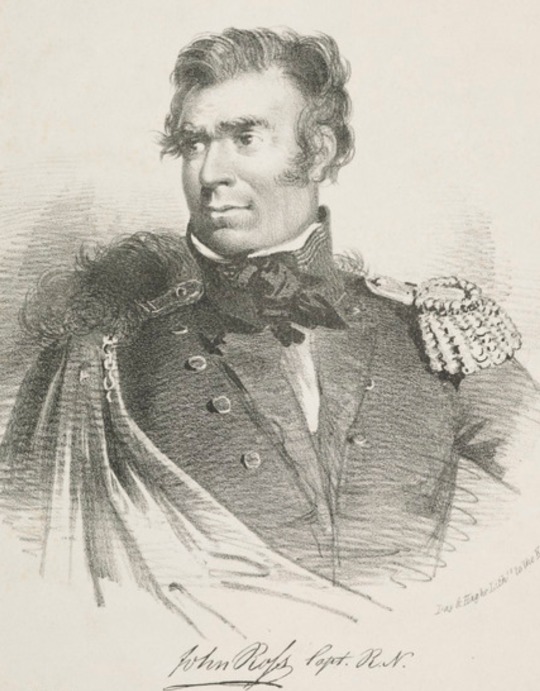
Weirdly sexy wild eyebrows John Ross!

Why haven't we seen fur boa McClintock before?
#polar#arctic exploration#william edward parry#john ross#francis leopold mcclintock#SOOOO many john rosses#the auld yin runs this museum#art#19th century#arctic#polar exploration
21 notes
·
View notes
Text









Common As Muck - BBC One - September 7, 1994 - January 12, 1997
Comedy / Drama (12 Epispodes)
Running Time: 60 minutes
Stars:
Edward Woodward as Nev Smith
Neil Dudgeon as Ken Andrews
Richard Ridings as Bernard Green
Tim Healy as Foxy
Stephen Lord as Jonno Fox
Roy Hudd as John Parry
June Whitfield as Irene Watson
Kathy Burke as Sharon
Terence Rigby as Dougie Houd
Saeed Jaffrey as Nat Prabhakar
Lesley Sharp as Christine Stranks
Freda Dowie as Dulcie Green
George Raistrick as Mister Arnold
Paul Shane as Mike Roberts
Tony Melody as Nev's Friend
William Ivory as Vinny
Simon Ashley as Stan
Anthony Barclay as Sunil Prabhakar
Michelle Holmes as Marie
Nimmy March as Denice Andrews
#Common As Muck#TV#BBC One#1990's#Comedy#Drama#Edward Woodward#Neil Dudgeon#Richard Ridings#Tim Healy#Stephen Lord#Roy Hudd#Nimmy March
2 notes
·
View notes
Text

Cape Riley opposite Beechey Island, Canada, faces Parry Channel and the Northwest Passage. The first European to call here was Captain William Edward Parry in 1819.
6 notes
·
View notes
Text
ROUND THREE IS UPON US!

Unfortunately, Frank Worsley, Kristian Prestrud, John Franklin, Apsley Cherry-Garrard, Charles Francis Hall, Harry McNish, John Hartnell, Olav Bjaaland, James Clark Ross, John Torrington, Richard Byrd, Leopold McClintock, Alexander Macklin, William Edward Parry, Salomon August Andrée, and John Ross have all succumbed to scurvy, and died painfully. The rest of the party survives, but for how much longer?
Here are the matchups for the third round:
Ernest Shackleton vs. Hjalmar Johansen
Tom Crean vs. Fridtjof Nansen
Ada Blackjack vs. Lawrence Oates
Mrs. Chippy vs. Roald Amundsen
Francis Crozier vs. Frank Wild
James Fitzjames vs. Frederick Cook
Charles Tong Sing vs. Edward Wilson
Robert Falcon Scott vs. Adolf Lindstrøm
10 notes
·
View notes
Photo

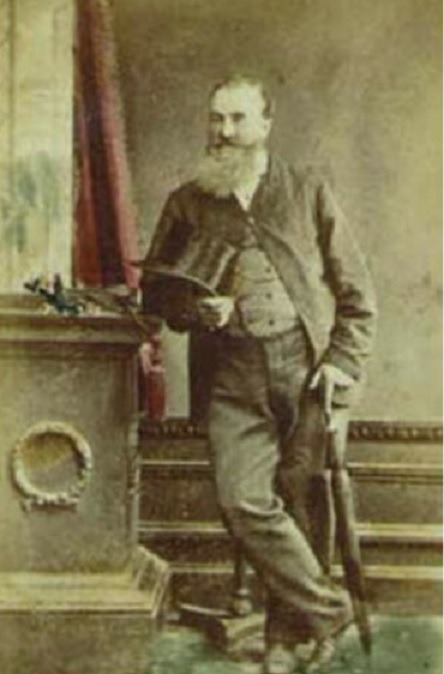

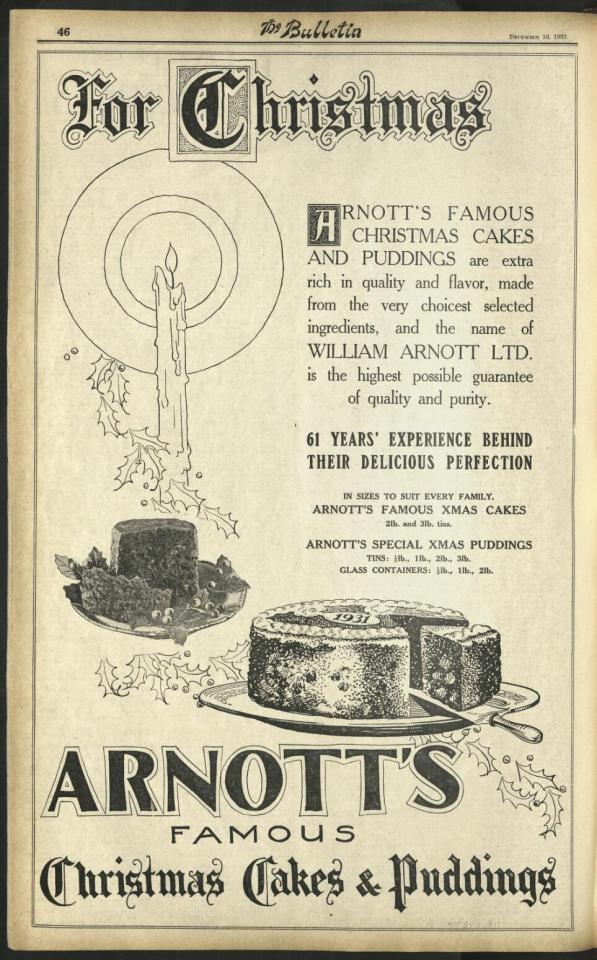






William Arnott founder of the Arnott’s Biscuits company was born on December 6th 1827 in Pathhead.
One for our Antipodean branch of the Scottish diaspora, or at least the Australian branch.
As happens quite often there are differing details with William Arnott, namely his place of birth, one version gives it as Pathhead, Midlothian, which I know fairly well, another tells me it was Pathhead near Kirkcaldy in Fife, which had me googling away like mad as, not being a Fifer I had was not aware of the latter, all I could find was Pathhead Sands though, but I am not discounting him being born there.
There’s nothing about his formative years, his parents David and Isabella migrated with his younger siblings in the 1840s, possibly as part of an assisted migration scheme. we pick up the story of William Arnott in October 1847 he and his brother David set out for Sydney, Australia on board the assisted-immigrants' ship Sir Edward Parry; they reached Sydney some 135 days later, on 17th February 1848.
Having apprenticed as baker quickly got a job with his brother at a Maitland bakery. William left in 1851, to work the goldfields.
In 1853 he returned to Maitland to start his own bakery after failing as a gold miner. He was successful as a baker until affected by a succession of floods in 1856, 1857 and 1861. Having gotten into debt from the flood damage, he moved to Newcastle in 1865. In the next few years, he became known for his biscuits. By the time he retired 1899, he employed over 800 people in his Newcastle and Sydney factories. His company soon became a well-known, home-grown Australian brand.
The reputation of his biscuits reached further afield and from 1882 he began sending boatloads to Sydney. Arnott paid off all the debts incurred in the 1860s and in 1883, his creditors held a luncheon in his honour — and integrity — presenting him with a gold medal.
In 1888 Arnott created a biscuit using arrowroot flour, something he had learned was a staple for sailors. The Milk Arrowroot biscuit became a favourite with the public and was marketed as a way of introducing babies to solid foods.
After a trip to Scotland in 1870, Arnott was gifted a Macaw by the ship’s captain. The bird developed a taste for Arnott’s biscuits, and became a cherished pe the pet still features as the company logot. Arnott made a visit to Scotland in 1893 and when he returned in 1894 he bought a factory at Forest Lodge in Sydney, and made his sons partners in the business.
As the demand for his products grew, Arnott planned to move the company headquarters to Homebush. When he retired in 1899 Arnotts employed over 800 people in his Newcastle and Sydney factories.William Arnott died aged 73 in 1901 before the plans could be realised. However, his 7 sons took over where their father left off.
In 1906 work began on what would become the largest biscuit factory in the southern hemisphere at Homebush, which, at the time, lived up to its name being surrounded by bush. Detractors thought it was too far out of Sydney to be practical, but in 1908 Arnott’s dream factory opened and the town of Homebush grew up around it.
Arnotts are most famous for their biscuit, the Tim Tam the story behind it is in 1958, Ian Norris, head of Food Technology at Arnott’s went on a worldwide fact finding trip, looking for new product ideas for the company.
While in the UK he came across the ‘Penguin’, a brand I am sure all us at home know. Norris said in an interview that
‘I thought it was not a bad idea for a biscuit: so, we’ll make a better one.
There is nothing wrong with coming up with a similar product.’
Norris brought the idea of the Penguin back to Australia, and set to work, experimenting with different biscuit textures, and cream flavours. But getting the mix right proved elusive. The new Australian version would be five years in development. Named after an American racehorse that one of the Arnott brothers sw winning the Kentucky Derby, they launched the Tim Tam and it was an immediate hit. It soon established itself as Arnott’s best-selling product, and has remained so through the subsequent decades.
The company now sells about 30 million packets of Tim Tams a year.
In 1997 the company became a subsidiary of the Campbell Soup Company, but Arnott’s still manufactures its biscuits in Australia.
20 notes
·
View notes